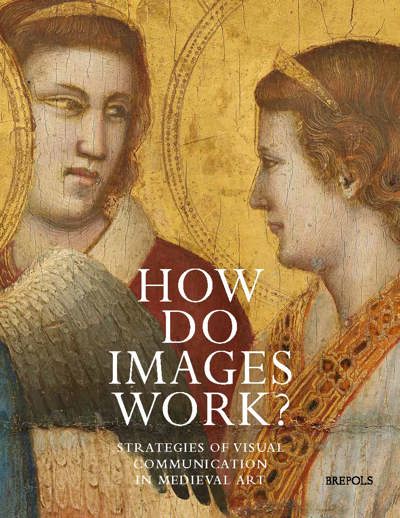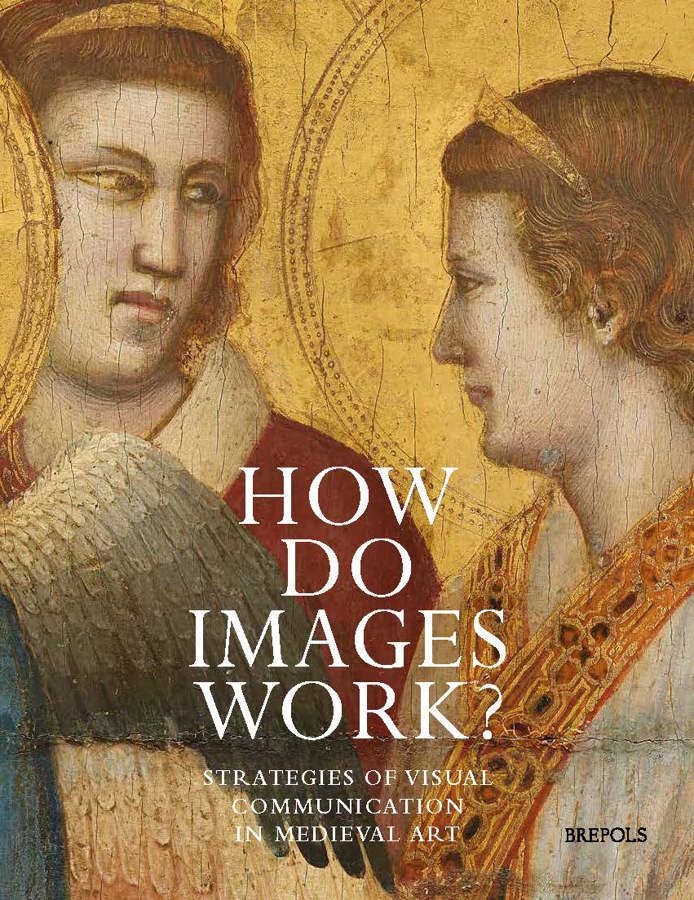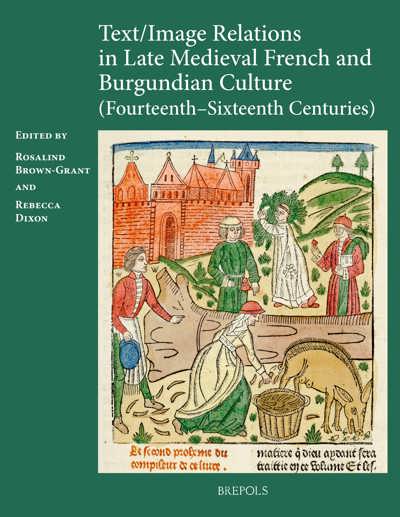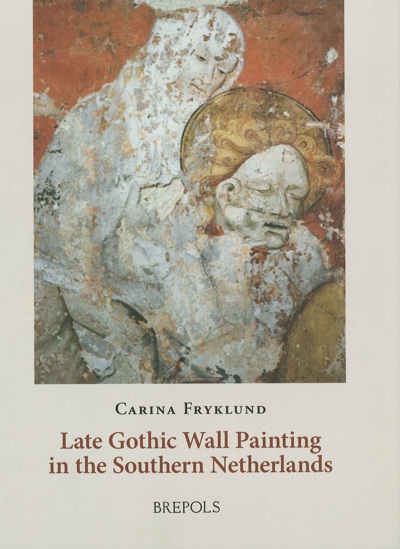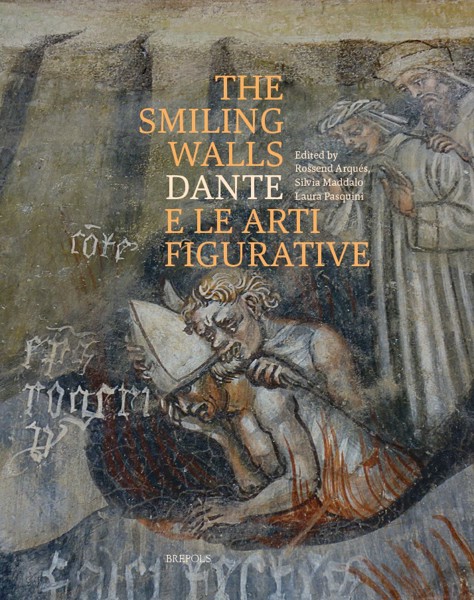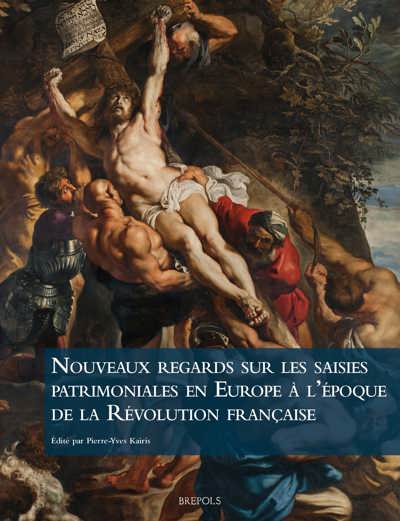
How Do Images Work?
Strategies of Visual Communication in Medieval Art
Christine Beier, Tim Juckes, Assaf Pinkus (eds)
- Pages: iv + 244 p.
- Size:216 x 280 mm
- Illustrations:31 b/w, 140 col.
- Language(s):English, German, Italian
- Publication Year:2022
- € 100,00 EXCL. VAT RETAIL PRICE
- ISBN: 978-2-503-59587-0
- Hardback
- Available
This anthology examines the workings of historical imagery in fourteen essays, offering fresh perspectives from leading researchers on a wide range of medieval and early modern artworks in a similarly wide range of functional contexts.
"The essays in this commemorative volume are from the proceedings of a 2018 conference held at the University of Vienna to honor the medievalist and Giotto scholar Michael Viktor Schwarz. (…) Different cultural practices, from rhetoric to scaling (i.e., size), are used for analysis. The contributors’ sensitivity to habits of mind and a period eye recall Michael Baxandall’s approach to the study of the early modern period, which Schwarz acknowledges in the introduction. Building on seminal work, the collection is engaging and represents a breadth of scholarship unmatched by any single specialized study.
Summing Up: Highly recommended. Upper-division undergraduates through faculty."
D. H. Cibelli, Nicholls State University in: CHOICE Reviews, June 2023
« Au-delà de la grande variété des approches, inhérente à la plupart des volumes de mélanges, celui-ci enrichit le thème retenu par la précision des études de cas, et les essais réunis apportent, pour les connaissances comme pour les argumentations, des renouvellements précieux. L’illustration est d’une grande qualité, mais devant la diversité et la richesse des œuvres évoquées, on regrette vivement l’absence d’un index général. » (Christian Heck, dans Bulletin monumental, 181/2, 2023, p. 182)
Christine Beier is senior scientist at the Department of Art History at Vienna University. Her research focuses on medieval and early modern book illumination.
Tim Juckes works at the Department of Art History at Vienna University. He is the main researcher in a project funded by the Austrian Science Fund (FWF) on visual media and spatial contexts in late-medieval Central Europe.
Assaf Pinkus is professor of art history at Tel Aviv University. He works on spectatorship, response, and somaticism with a focus on the visual media of late medieval Europe.
How did historical images work and interact with their beholders and users? Drawing on the results of an international conference held in Vienna in 2018, this volume offers new perspectives on a central question for contemporary art history. The fourteen authors approach working imagery from the medieval and early modern periods in terms of its production, usage, and reception. They address wide-ranging media—architecture, sculpture, painting, metalwork, stained glass—in similarly wide-ranging contexts: from monumental installations in the most public zones of urban churches to exquisite devotional objects and illuminated books reserved for more exclusive settings. While including research from West European and American institutions, the project also engages with the distinctive scholarly traditions of Eastern Europe and Israel. In all these ways, it reflects the interests of the dedicatee Michael Viktor Schwarz, whose introductory interview lays out the parameters of the subject.
How Do Images Work? An Interview with Michael Viktor Schwarz
Editors’ Introduction
PART I: VISUAL ELOQUENCE
Can We Grasp Wordless Images? — Milena Bartlová
Gothic Art, Realism and magniloquentia: Thoughts on Erich Auerbach — Paul Binski
The Scaling Turn: Experiencing Late Medieval Artifacts— Assaf Pinkus and Einat Klafter
„Where the Wild Things Are“. Die Wilden Leute des späten Mittelalters und der frühen Neuzeit im Raum des Dekorativen — Hans Körner
Das Kultbild und sein Rahmen: Zur Funktion von Stildifferenzen (zwei schlesische Beispiele aus dem Anfang des 16. Jahrhunderts) — Romuald Kaczmarek
PART II: IMAGERY IN BOOKS
In cerchio: Illuminating the Trojan Legend and the Commedia between the Veneto and Naples (with some conjectures on Madrid, BNE, MS 10057) — Rosa M. Rodríguez Porto
Wie die Bilder im Roman d’Alexandre en prose die dubiose Herkunft des Helden diskutieren — Lieselotte E. Saurma-Jeltsch
Bonaventure and Monastic Images of St Elizabeth — Ivan Gerát
PART III: IMAGERY IN SPACE
In Praise of the Pigeon: Interpretive Adventures in Naumburg Cathedral — Jacqueline E. Jung
Bilder und Kult als Ausdruck bischöflicher Macht: Berthold von Buchegg und die Katharinenkapelle im Straßburger Münster— Marc Carel Schurr
Eye of the Donkey: Visual Strategies on the Choir Threshold of St Laurence’s in Nuremberg — Tim Juckes
Bildkonzepte im Widerstreit. Donatellos Judith als „naturalisierte Allegorie“— Ulrich Pfisterer
Inhaltliche Vielfalt durch motivische Zurückhaltung. Zur Wandmalerei in der camera pape im Papstpalast von Avignon — Tanja Hinterholz
Storia, mito e allegoria: I portali del Santo Sepolcro a Brindisi — Valentino Pace
